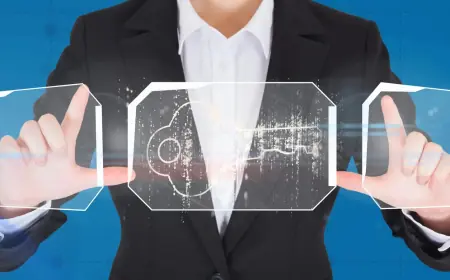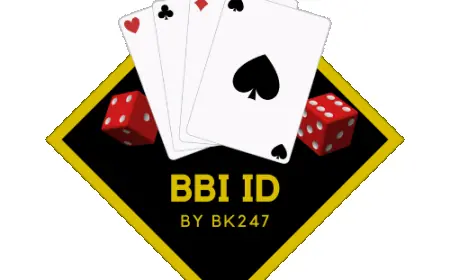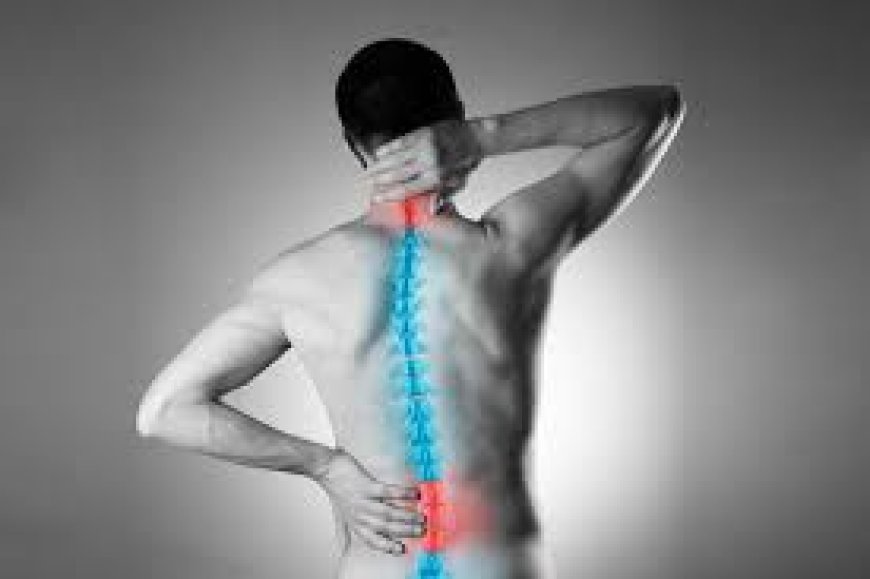Understanding Lower Back Pain: A Comprehensive Guide
Lower back pain is a prevalent condition affecting millions of people worldwide. It can range from mild discomfort to debilitating agony, impacting one's quality of life and daily activities. In this guide, we'll delve into the most common symptoms associated with lower back pain, offering insights into its causes, diagnosis, and management.
Symptoms of Lower Back Pain
Dull Aching or Sharp Pain
The hallmark symptom of lower back pain is pain. This pain may manifest as a dull ache or a sharp, stabbing sensation. It can be localized to the lower back area or radiate down the buttocks and legs, a condition commonly referred to as sciatica. Understanding the nature of the pain can provide valuable clues to its underlying cause.
Muscle Tightness and Stiffness
Individuals experiencing lower back pain often report muscle tightness and stiffness in the affected area. This tightness can make movement difficult, exacerbating discomfort. Activities such as bending, lifting, or even sitting for prolonged periods may aggravate these symptoms.
Limited Range of Motion
Lower back pain can significantly impair one's range of motion. Simple tasks like bending forward, twisting, or standing up straight may become challenging. This limitation in mobility can interfere with daily activities and lead to frustration and decreased function.
Numbness and Tingling
In some cases, lower back pain may be accompanied by numbness and tingling sensations in the legs or feet. This is often indicative of nerve compression or irritation, which can result from conditions such as herniated discs or spinal stenosis. These sensations may worsen with certain movements or positions.
Weakness
Muscle weakness, particularly in the legs, may occur with lower back pain. This weakness can make it difficult to perform tasks that require strength and stability, such as walking or climbing stairs. Identifying areas of weakness can aid in the diagnosis and treatment of underlying issues contributing to lower back pain.
Causes of Lower Back Pain
Mechanical Issues
The majority of lower back pain cases are attributed to mechanical issues involving the muscles, ligaments, and joints of the spine. These may include muscle strains, ligament sprains, or vertebral misalignment. Poor posture, improper lifting techniques, and sedentary lifestyles can all contribute to these mechanical issues.
Degenerative Conditions
As we age, the structures of the spine naturally undergo degenerative changes. Conditions such as degenerative disc disease and osteoarthritis can lead to lower back pain by causing the breakdown of cartilage and the development of bone spurs. These changes can result in inflammation, pain, and reduced mobility.
Traumatic Injuries
Traumatic injuries, such as falls, car accidents, or sports-related incidents, can cause acute lower back pain. These injuries may result in fractures, sprains, or disc herniation, depending on the force and mechanism of injury. Prompt evaluation and treatment are essential to prevent long-term complications.
Medical Conditions
Certain medical conditions can contribute to lower back pain. These may include spinal infections, tumors, or autoimmune disorders like rheumatoid arthritis. Identifying and addressing these underlying conditions is crucial for effective management and symptom relief.
Diagnosis and Management
Medical Evaluation
Diagnosing the underlying cause of lower back pain typically begins with a thorough medical evaluation. This may involve a physical examination, review of medical history, and diagnostic tests such as X-rays, MRI scans, or CT scans. Identifying the specific cause of the pain is essential for developing an appropriate treatment plan.
Conservative Treatments
In many cases, lower back pain can be effectively managed with conservative treatments. These may include rest, ice or heat therapy, over-the-counter pain medications, and physical therapy. Strengthening exercises, stretching routines, and postural corrections can help alleviate symptoms and prevent recurrence.
Interventional Procedures
For individuals with persistent or severe lower back pain, interventional procedures may be recommended. These may include epidural steroid injections, nerve blocks, or radiofrequency ablation to target specific sources of pain and inflammation. These procedures can provide temporary relief while other treatments take effect.
Surgical Options
In cases where conservative treatments fail to provide adequate relief, surgery may be considered as a last resort. Surgical options for lower back pain may include discectomy, laminectomy, or spinal fusion to address structural abnormalities or decompress nerve roots. Surgical interventions are typically reserved for severe or debilitating conditions.
Conclusion
Lower back pain is a complex and multifaceted condition that can significantly impact one's daily life. By understanding the common symptoms, causes, and management strategies associated with lower back pain, individuals can take proactive steps to alleviate discomfort and improve function. Seeking prompt medical evaluation and adopting a comprehensive treatment approach are key to achieving long-term relief and optimal spine health.
What's Your Reaction?
 Like
0
Like
0
 Dislike
0
Dislike
0
 Love
0
Love
0
 Funny
0
Funny
0
 Angry
0
Angry
0
 Sad
0
Sad
0
 Wow
0
Wow
0




























































